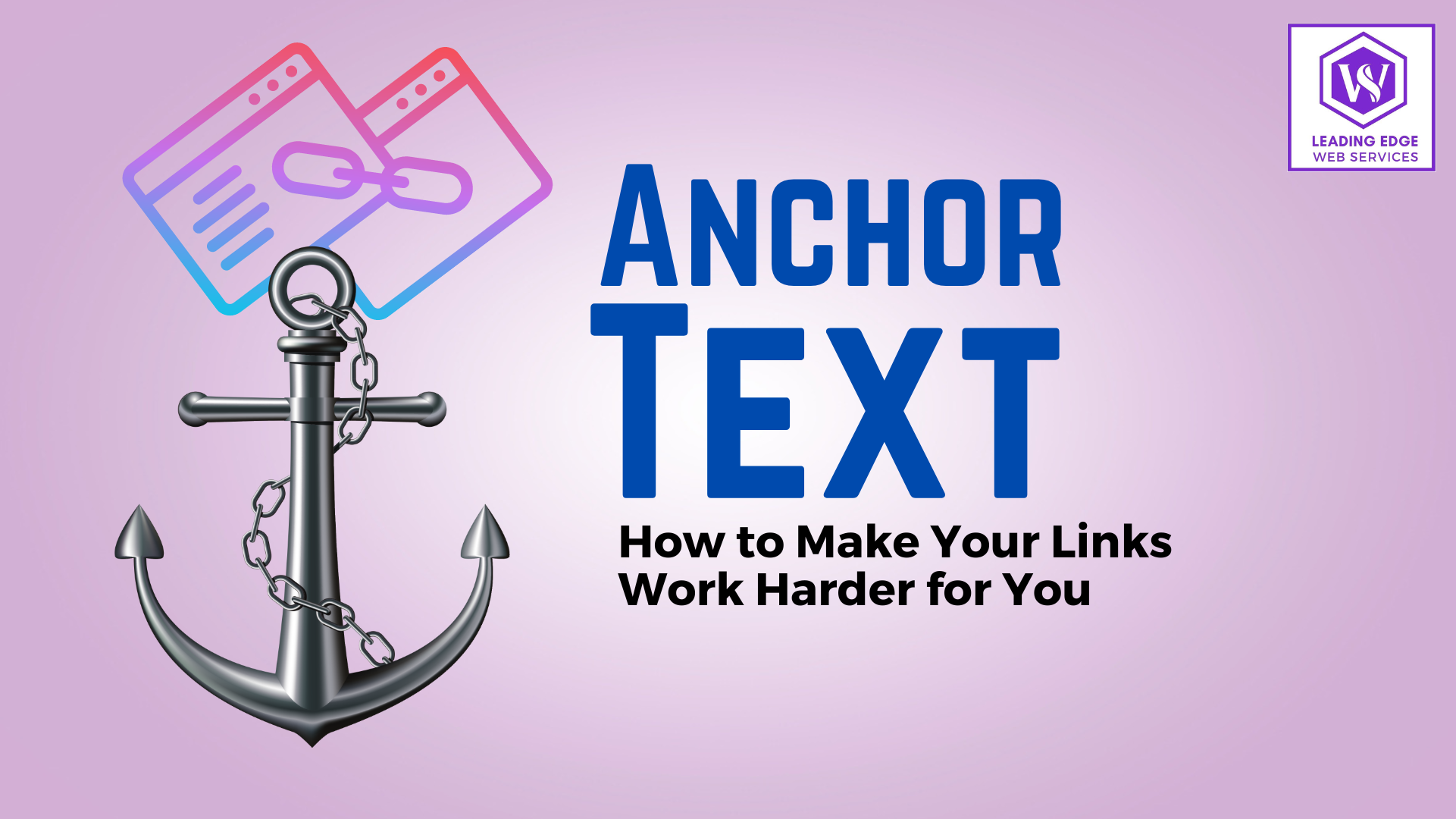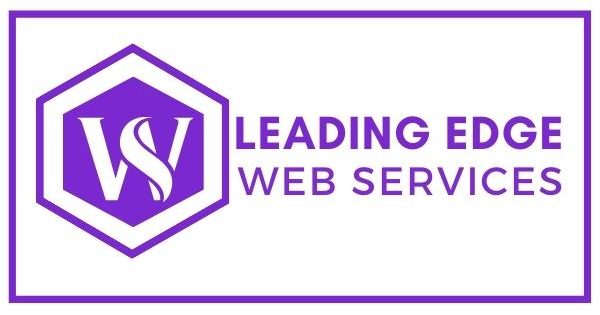
We all know the power of a well-placed link. It can connect readers deeper into your content, connect them with valuable resources, and boost your SEO.
But what makes a link truly effective?
It’s not just about the destination – it’s about the journey, which starts with your Anchor Text.
What is Anchor Text?
Anchor text is the clickable text that forms the visible part of a hyperlink. It’s like a signpost, guiding readers towards what awaits them on the other side.
Unfortunately, many fall into the trap of generic anchors like “click here” or “learn more.” These anchors offer no clues about the content, leaving readers in the dark and hindering both their experience and your website’s potential.
Why Use Descriptive Anchor Text?
Enhanced User Experience
Imagine scanning an article and seeing “click here” peppered throughout. Do you feel excited to click or doubtful?
Descriptive anchors, however, pique curiosity. They tell readers exactly what they will find, allowing them to make informed choices about where to click and how to navigate your content.
SEO Boost
Increased Click-Through Rate (CTR)
So, how do you craft anchors that captivate and inform? Here are some tips:
- “Visit site.”
- “Check this out.”
- “Home Gardening Tips“
- “Beginner’s Guide to Photography“
